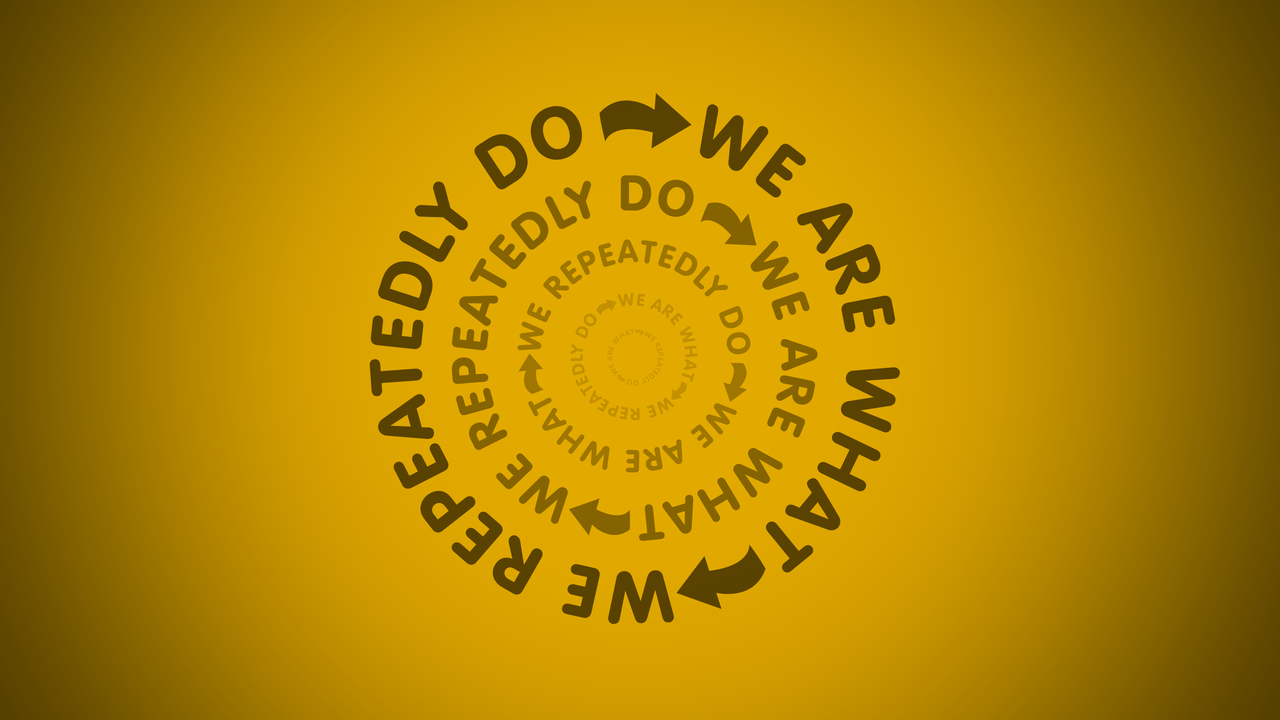Why the Rule of Three Ruled out The Four Stooges

"I came. I saw. I conquered."
"Blood, sweat, and tears."
"Life, liberty, and the pursuit of happiness."
What do these famous phrases have in common? They follow the rule of three. It's a neurological principle stating the brain prefers items clustered in threes more than any other number. A cluster of three is easy to understand and easy to remember. That’s why we have the saying “simple as 1,2,3.” The Latin phrase "omne trium perfectum" (everything that comes in threes is perfect, or, every set of three is complete) conveys the same idea as the rule of three. Three entities combines both brevity and rhythm with having the smallest amount of information to create an appealing pattern.
The rule of three is rooted in writing, suggesting that a trio of events or characters is the most humorous, satisfying, and effective. The Three Little Pigs. The Three Musketeers. And, of course, The Three Stooges. Not four. Three. Four would not have been nearly as funny. Over the course of the iconic comedy act, there were four characters who comprised The Three Stooges: Curly, Larry, Moe, and Shemp. Early on, Curly replaced Shemp. Near the end, Shemp replaced Curly. The four never appeared onscreen as a foursome, with only one exception.
This proven technique is used in a host of media, including prose, poetry, oral storytelling, films, and advertising. An analysis of the S&P 500 reveals that 26% of the companies have three words in their slogan, which is significantly higher than any other number. Three words work the best. A few notable examples include "Just do it" (Nike), "I'm lovin' it" (McDonalds), and "Invest with confidence" (T. Rowe Price).
At LINK, the rule of three rules. We love it and live by it, in everything we do. And we strongly encourage our clients to do the same. In brand positioning, we suggest three reasons to believe the brand promise. In business planning, we suggest three strategies to support the overall objective. While we don't force three, focusing on three forces choices—which is what strategy is all about. And this makes the plans easier to remember and execute. In marketing communications, we suggest focusing on three key points. If you tell someone "Here are 12 reasons why you should buy XYZ," their brain puts up a blockade. It wants nothing to do with the information you are offering. But if you say "three reasons," their brain responds favorably. It likes things grouped of three, so it makes room to receive the information.
Give it a try. Follow the rule of three in your next business plan, brand positioning, presentation, or marketing communication. See how people respond. See how much they remember. I think you will be pleasantly surprised.
These are my thoughts on how organizations can create stronger plans and communications to connect more strongly with their target audiences. I would love to hear yours.
Thanks for reading.
p.s. If you'd like to connect more strongly with your target audience, I'd love to help. Please message me at Todd@LINKTrainingAndConsulting.com, or call me at (513) 240-8383.










